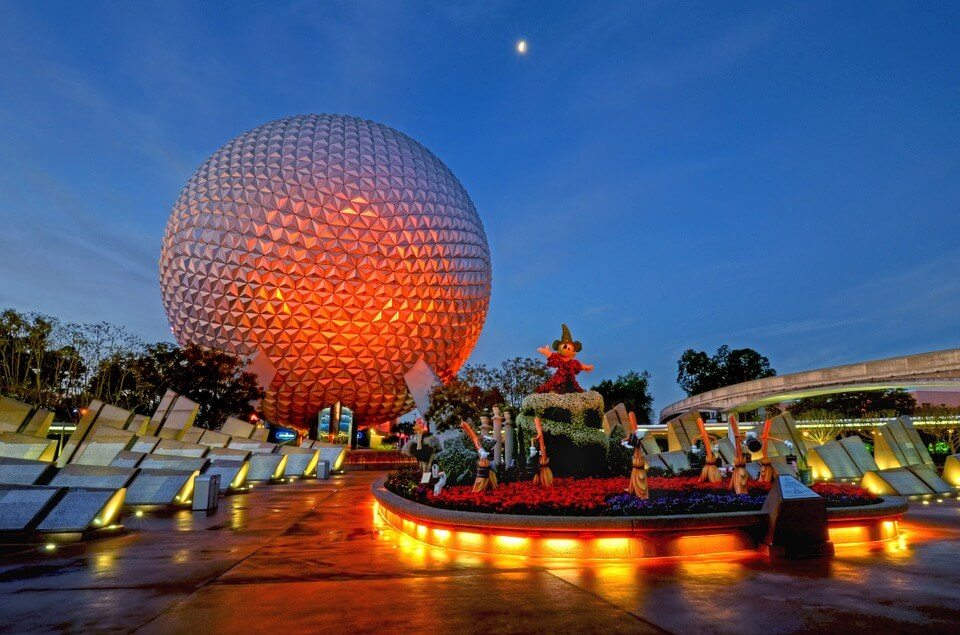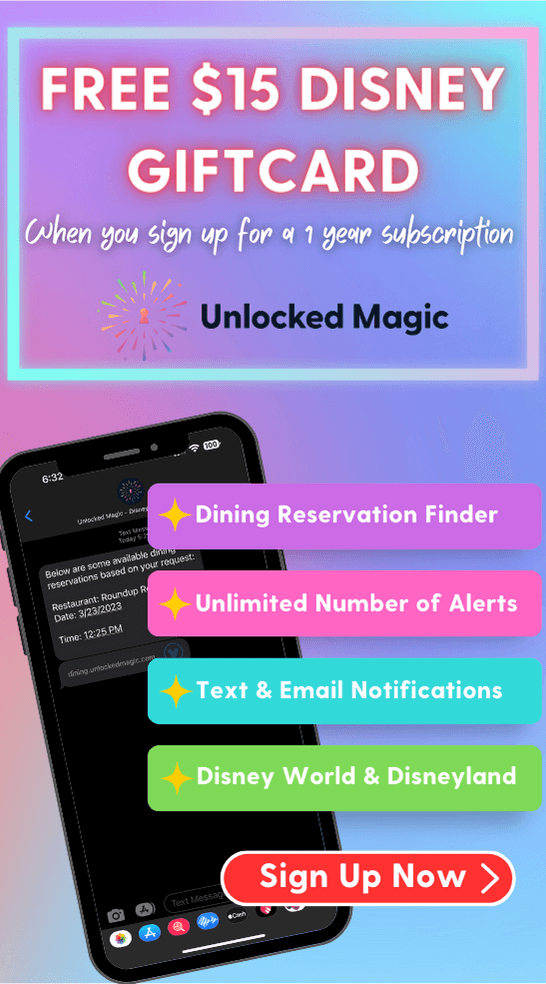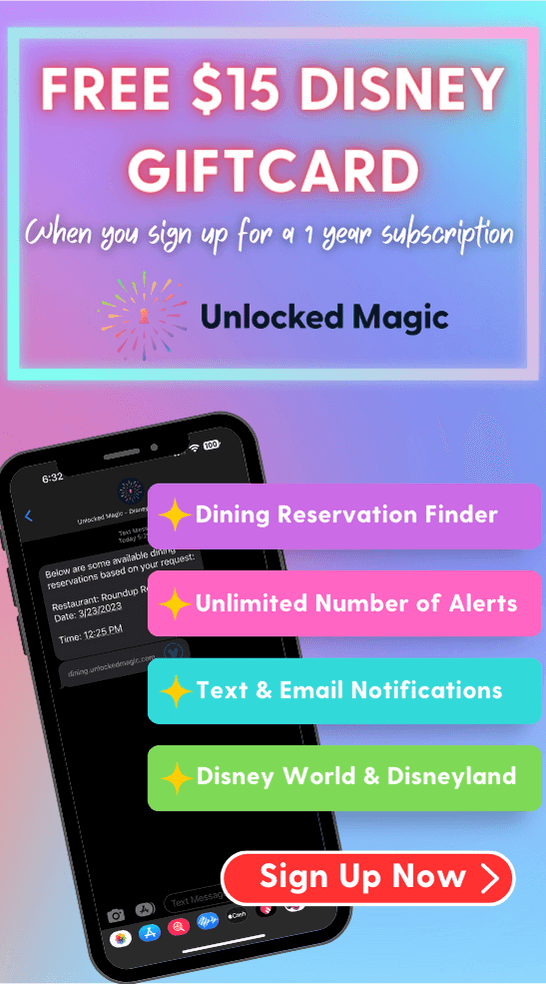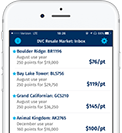History of Epcot International Food and Wine Festival at Walt Disney World

Did you know that movie studios used to ignore the summer movie season? It’s true. Prior to Jaws, the conventional wisdom was that movie-goers had too much going on during the summer to waste their time in a theater. As such, the summer movie campaign up until 1975 was the equivalent of television reruns.
Why do you mention this? Walt Disney World once faced the same problem. They struggled to persuade guests to visit during the fall. The perception was that Disney was a summer vacation destination as well as a wonderful place to spend Spring Break or the holiday. It wasn’t the optimal locale for a quick getaway in October and November.
The park planners at The Walt Disney Company’s Parks and Resorts division combatted this thought process every fall until they eventually invented a solution. You’ve likely enjoyed the fruits of this labor at least once over the past 20 years, but how much do you know about the event itself? Here are six astounding facts about the Epcot International Food and Wine Festival.

Disney borrowed the idea from Aspen
In 1982, a relatively new magazine from the owners of Time hosted a new event in Aspen, Colorado. They named it the Food & Wine Classic, and it quickly elevated the perception of the fledgling magazine as the forum of choice for such pursuits. Food & Wine is now an established entity with a global reach. At the time, however, they were smallish and in some financial danger. Their food festival was something of a gamble, one that paid off in historic fashion. 2017 will witness the 35thanniversary of the event, and it’s one of the signature exhibitions of its sort.
Thirteen years after Time, Inc., threw their support behind a food festival, a Disney employee named George Kalogridis borrowed the idea. You may recognize the name, as Mr. Kalogridis is the current President of the Walt Disney World Resort. Back in 1995, he was Vice President of Operations at Epcot, and one of his lasting legacies from that job is the Epcot International Food and Wine Festival.

Kalogridis faced a numbers issue during his time as de facto leader of Epcot. Each year in the fall, attendance declined precipitously. That created hardships in terms of staffing since annual employees didn’t have much to do without guests around. He needed to fill that void on the calendar with something that would lure Disney fans during what were historically the two slowest months of the season. You can connect the dots from here.
The Epcot VP examined the international appeal of Aspen’s event and decided that the World Showcase at Epcot was even better suited for such an exhibition. Theoretically, the various pavilions in this section of the park could include the finest foods and beverages of their lands, although that was something they already offered. A specialty event would enable each of 11 participating countries to craft temporary menus, special fare available only to those Disney diehards willing to visit during the offseason. As was the case with Jaws fundamentally altering the perception of the summer movie season, the Epcot International Food and Wine Festival became the signature annual event at the park.

Disney also borrowed a local idea
A couple of years before Epcot hosted their first festival, Kalogridis witnessed firsthand that Central Florida was a welcome haven for wine tasting. The proof of concept was the Vintage Grand Tasting hosted by ABC Fine Wine & Spirits at Hilton at Walt Disney World Village, which is now named Hilton Orlando Lake Buena Vista.

Starting in 1994, the Hilton provided two days of seminars and wine tasting. It concluded with a dinner and a dance plus the gaudiest grape-based bacchanalia in the south. More than 500 different wines were available to sample at the event. Guests willingly paid $150 per person to eat and drink at the Vintage Grand Tasting, and they also spent $75 per person on seminars. Kalogridis noticed that they happily did this during the month of October, thereby boosting Hilton’s occupancy rates during the slow season. It was all the data he needed to feel comfortable that an Epcot exhibition much larger in scale would entice Disney fans to visit in the fall.

Early Food and Wine Festivals were shorter and simpler
Even after several years in existence, the Epcot International Food and Wine Festival remained relatively modest. The shameless commercialism we see today hadn’t yet become an accepted facet of the exhibition. In 2000, the festival lasted for only 30 days, less than half of the 2016 event, which is 62 days long.
At the time, Disney set up 23 marketplaces, bragging in the marketing campaign that vacationers could sample the flavors of 30 nations in 30 days. From the beginning, Epcot’s exhibition featured small bites and quick sips. Disney wanted to maintain an element of control over their guests, fearing that too much alcohol in combination with exotic international cuisines could cause problems. While thrill rides such as Soarin’ and Mission: Space wouldn’t debut until 2005 and 2003, respectively, park planners were right to worry about the potential for lots of protein spills, company code for vomiting.

This struggle is the delicate balance Disney has faced with the Food and Wine Festival. They need it to attract foodies and wine lovers, who otherwise wouldn’t visit Disney, but they can’t have the drunken and nauseated tourists ruin the vacations of other guests. The first iterations of the exhibition functioned as a trial run of sorts. Park planners limited the length of the event as well as the number of pop-up food stands until they felt more confident that the idea was sustainable. They needed proof that it would increase park traffic at Epcot. Simultaneously, they had to make sure that the guests who otherwise wouldn’t visit Disney didn’t interfere with the enjoyment of the Disney diehards who sustain the company across multiple business platforms.
Star power matters
Since the beginning, the Epcot International Food and Wine Festival has relied on star power to sell the show. Disney hires world-famous celebrity chefs to appear. Their seminars and training sessions prove perennially popular, a mutually beneficial scenario for Disney and the celebs. Even during the earliest versions of the event, chefs such as Rick Bayless (pictured below) and Bobby Flay appeared. Fittingly, their protégés and spiritual successors such as Bryan Voltaggio, Elizabeth Faulker, Robert Irvine, and Andrew Zimmern are 2016 participants.

One year didn’t quite follow convention, though. In the wake of 9/11 fifteen years ago, virtually every celebrity chef canceled the event. The only person who braved the circumstances to honor their agreement was Robin Stotter, a corporate executive chef for Wolfgang Puck’s company. Don’t think less of the celebrity chefs who didn’t appear, though. Many of them were involved with different charitable endeavors, freely offering their time to support those impacted by the terrorist attack.
In the absence of celebrity chefs, Disney got to flex their own culinary muscle. As you know, the overwhelming majority of chefs running the kitchens at Disney restaurants are extremely accomplished. Company chefs handled virtually every seminar and panel in 2001. Guests left Epcot feeling that much more impressed by the people in charge of their every-day meals at Walt Disney World. In 2002, with travel fears alleviated, Disney returned to their established pattern of prioritizing outsiders over cast members, though.

That Blondie song becomes iconic
Disney DID try something new in 2002, but its origin circles back to the ‘70s. In October of 1979, Blondie (pictured below in 1977) released Eat to the Beat, which would later become one of the 10 best-selling albums of the following year. It contained a modestly popular single called Dreaming. More important, the unique title lingered in the minds of some Disney folks.

After the 2001 festival failed to match expectations, park planners went back to the drawing board. On some level, they were aware that the primary factor in low attendance was 9/11 and the economic downturn that followed. Still, they wanted to do whatever they could to place a finger on the scale, so to speak. An odd option became a reality.
For several years, cast members had performed culturally significant shows as accompanying entertainment for the Epcot International Food and Wine Festival. One of the most popular ones was a Korean answer to Stomp. Performers from South Korea would play kitchen utensils such as pots, pans, and knives, creating a novel percussive sound. Disney liked the concept, and decided to double down on it. No, they didn’t license a version of Stomp. Instead, they signed contractual agreements to lure popular performers to Epcot.
The Eat to the Beat concert series has become a staple of the festival over the past 15 years. In its early days, well, not much was different. The music artists were largely one-hit wonders and aging musicians such as Chubby Checker (who was 61 at that point and pictured below) and Sister Sledge. Other performers the first year were Mary Wilson of The Supremes, an incomplete version of The Temptations, The Fifth Dimension, and something called Little Anthony and the Imperials, apparently a 1950s doo-wop group who is in the Rock and Roll Hall of Fame. Who knew?

The point is that Disney officials were willing to pay for a modest amount of nightly entertainment while guests enjoy their food and wine. Performing acts play three “shows” a night, each of which is generally between 30 minutes and an hour long. For acts such as Night Ranger (pictured below), Styx, and Boyz II Men, they sometimes play different selections during each performance. For other acts such as 2016 performer Wang Chung, well, you’ll hear the words “everybody Wang Chung tonight” so much that they’ll lose all meaning.

Generally, the Eat to the Beat concert series celebrates musicians slightly past their primes, ones with whom the Epcot audience has familiarity. Occasionally, Disney will take a chance on a rising artist, though. For example, they hired Blake Shelton in 2004, while he was in the middle of touring for his third album. Shelton only had a pair of top-10 country hits at that point. He’s now one of the most famous country musicians ever, the host of The Voice, and half of a celebrity super-couple with Gwen Stefani. Some Epcot fans from 2004 have quite the story to tell about the free concert they saw that year.
Between the food comas and the bar crawl binges, you might not have spent a lot of time thinking about the history of the Epcot International Food and Wine Festival. As you can see, it wasn’t exactly The Walt Disney Company’s idea. They have done a wonderful job of perfecting the concept over the past 20 years, though. And 2016 is poised to be the biggest one yet. Enjoy your food and wine, friends!









Comments